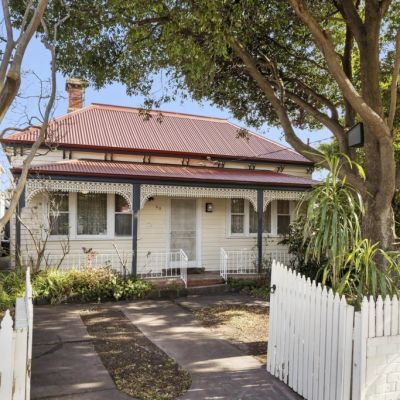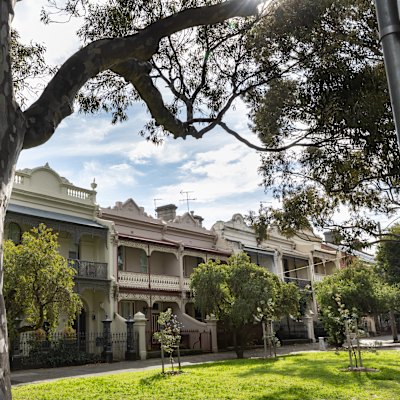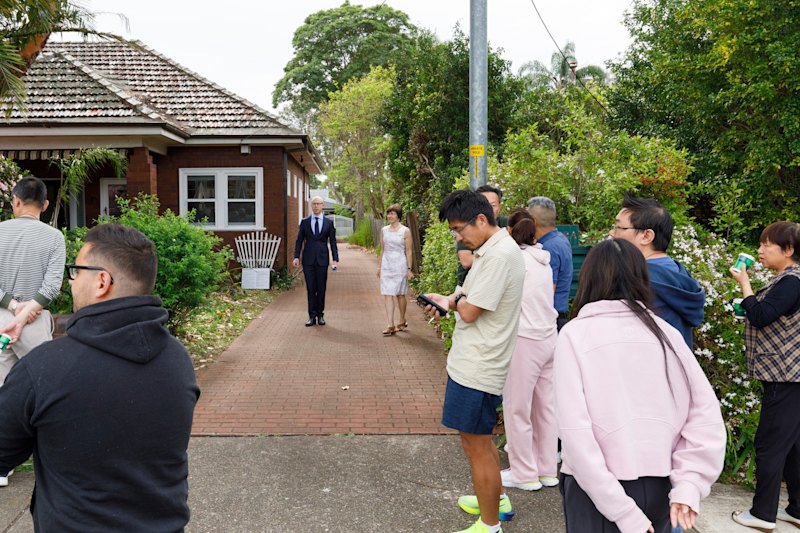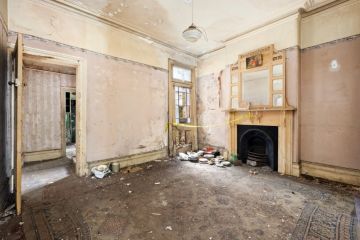Anthony is trying to build a house. It comes with 86 conditions
Builder Anthony Malone just received approval for a single-storey house he’s building. It took 11 months and has 86 conditions of consent.
He was recently cleaning out his office and found an approval for a four-townhouse project from 1991. It had five conditions.
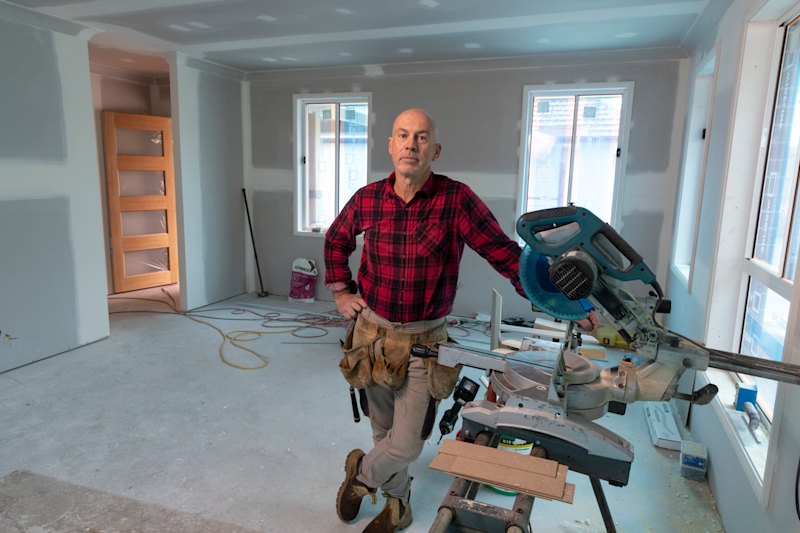
He’s not alone. On Thursday Treasurer Jim Chalmers identified better regulation and building more homes faster as reform priorities after the federal government’s economic reform roundtable expressed support for simplifying the National Construction Code to speed up home construction, and pausing any additional rules unrelated to quality and safety.
Housing Minister Clare O’Neil has described the near-3000 page code as ridiculous in its complexity, although Labor before the election claimed an opposition policy to freeze the code would lead to poorer quality homes. Chalmers on Thursday said the minister could act with some urgency to reduce red tape and complexity in the code.
To build homes, Malone said he had to pay professionals such as surveyors and structural engineers for a range of reports: geotechnical reports, survey reports for building setouts and heights, landscaping, stormwater design, driveway applications, structural engineering, sometimes bushfire and flooding reports.
“It’s difficult to do affordable housing when we have all of these extra conditions attached and they come at a cost. And that’s before I even mention all the fees associated with that,” said the owner of Malone Enterprises, who is based in Port Stephens, north of Sydney.
For example, stamp duty, developer contributions to local council, the state government infrastructure levy, the water authority’s developer charge and GST.
He thinks homes now are more energy efficient than in 1991 – although he thinks this can often be helped by adding insulation – but he is unconvinced about some of the other rules.
Centre for Independent Studies chief economist Dr Peter Tulip said there was widespread support in the construction industry for a freeze.
“It’s both too complicated and that keeping up with all the changes is very difficult for people in the industry. I think there’s a lot of support for simplification and streamlining,” he said.
Earlier, the Australian Chamber of Commerce and Industry chief executive Andrew McKellar said the code was “incredibly complex”, while Metricon chief executive Brad Duggan said changes to the code had driven up the cost of building a home.
But Tulip thought a bigger issue was zoning, as swathes of residential land are zoned for detached single houses but not townhouses or apartments.
“It’s great to simplify and streamline the process but if simplifying the process means you get faster rejections, then it doesn’t do anything for affordability. The critical issue is: we need to turn rejections into approvals.”
University of Sydney urbanism lecturer Dr Laurence Troy disagreed that the code was a barrier to building.
“I find it a nonsense position to be taking that we’re saying the only way to achieve affordable housing is if we can forgo actually building a quality building that’s not going to fall apart, that’s going to keep the water out, that’s going to be safe for occupants,” he said.
He also supported requirements for accessibility standards, such as wheelchair access.
“We should be improving [the code] all the time. There are other layers in here for example about climate resilience, climate change, sustainability, these are all massive issues that we have to deal with,” Troy said.
“Saying this makes a builder’s job harder, well it makes everyone’s life harder if we don’t actually deal with this.
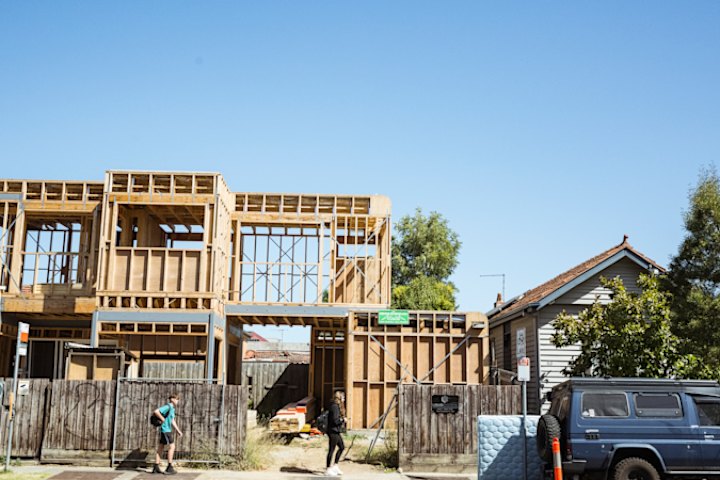
“If we stop the review process and say we’re not going to change it for X number of years, you’re also taking away the possibility of reviewing things that are not working, are creating problems. Review doesn’t always necessarily mean adding more stuff, it could also mean making stuff simpler and better.”
Former NSW Building Commissioner David Chandler also said this week there was an opportunity to tidy up the code, but argued against a pause or anything that would signal high-quality construction standards weren’t a priority.
Energy Efficiency Council chief executive Luke Menzel warned that if the National Construction Code was paused, and individual states wanted to make changes – for example, to support the adoption of electric vehicle chargers – then states might introduce their own rules.
He thought this was counter to the intention of the national code, introduced as a productivity measure to stop states going it alone on regulation and increasing compliance costs for developers who work across jurisdictions.
This was particularly important during a time of rapid change for home energy technology such as solar panels and batteries, and the grid itself.
“The danger if you pause the code, you pause improvements, and that is a pause on productivity,” he said.
“The world will not stop moving, things will continue to evolve and we’ll be stuck in 2022.”
Instead, he supported a review of the code to look at ways of streamlining it and reducing compliance costs.
States
Capital Cities
Capital Cities - Rentals
Popular Areas
Allhomes
More
- © 2025, CoStar Group Inc.

